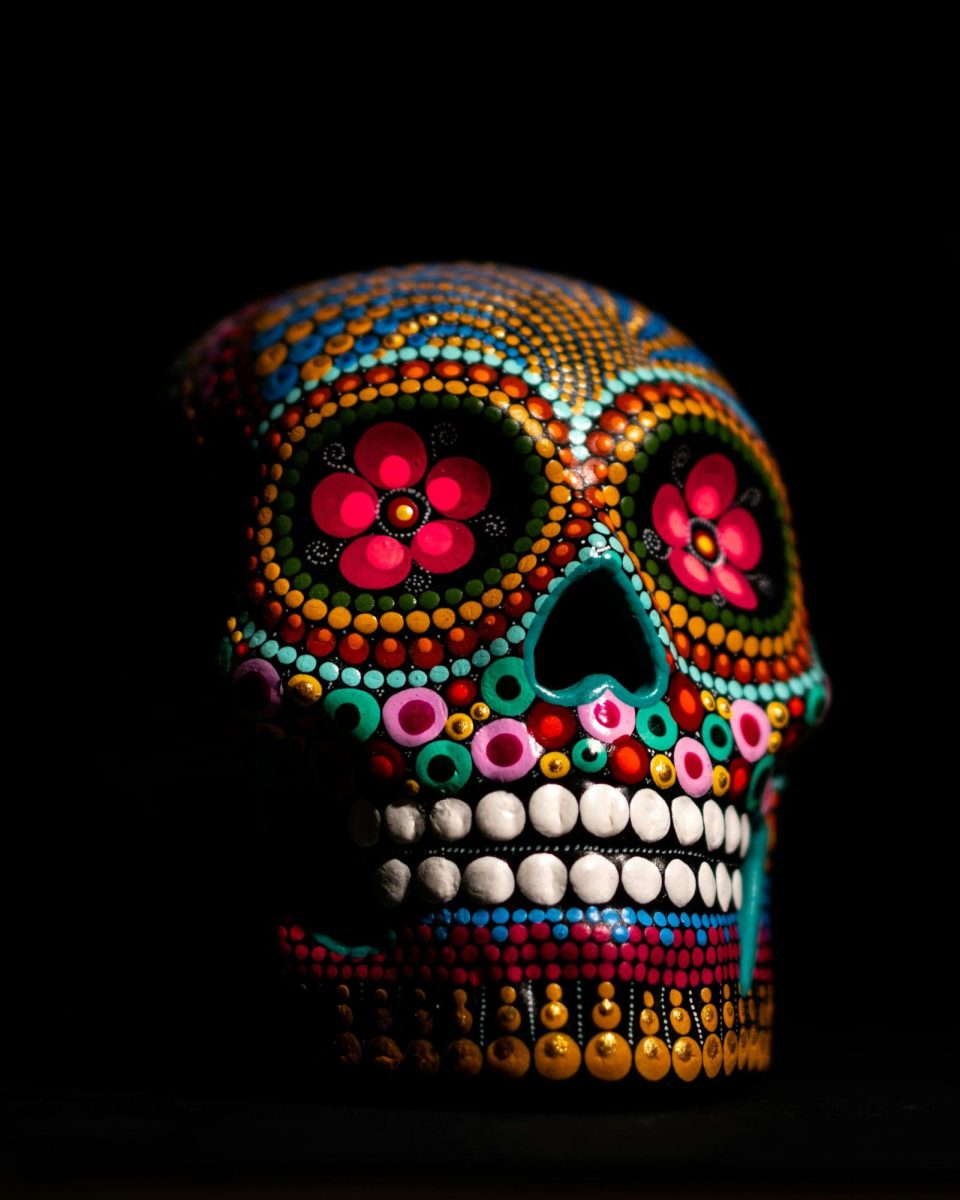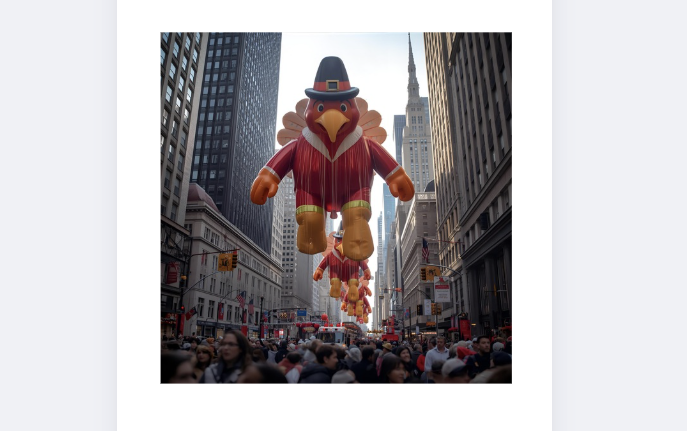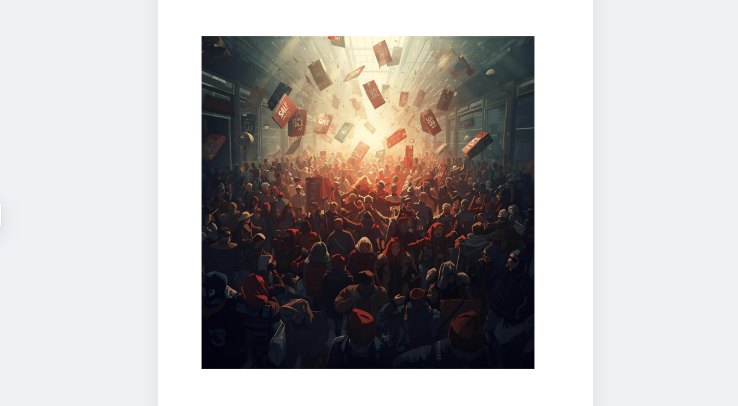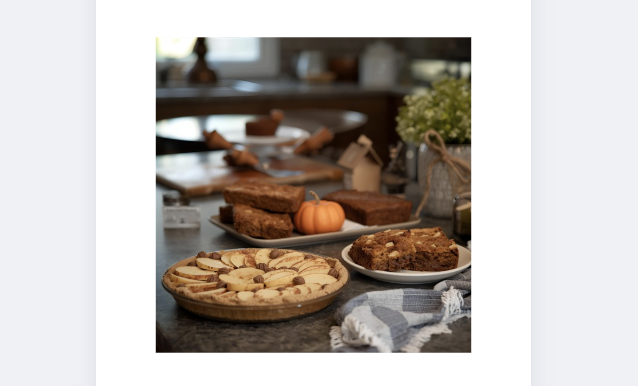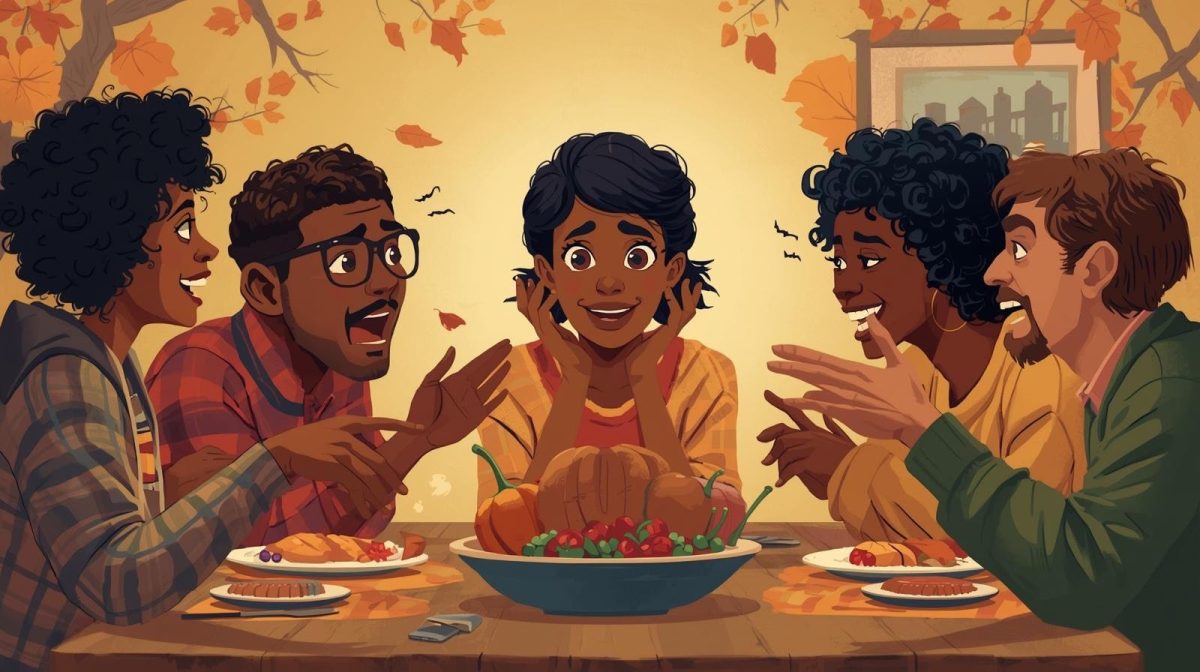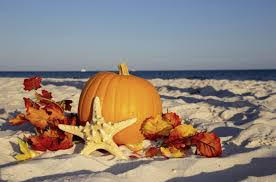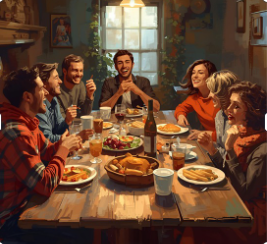A vibrant celebration of life and memory, Día de los Muertos, or the Day of the Dead, is a multi-day holiday celebrated annually on November 1st and 2nd. Rather than a somber occasion, it is a joyous and celebratory time for honoring and remembering deceased loved ones. Rooted in ancient indigenous traditions and merged with Catholic observances, this holiday is a testament to the Mexican belief that death is a natural part of the human experience and that our loved ones never truly leave us as long as they are remembered.
The celebration’s origins can be traced back more than 3,000 years to the rituals of Mesoamerican civilizations, such as the Aztecs. The Aztecs held a month-long summer festival dedicated to the goddess Mictecacihuatl, the “Lady of the Dead” and Queen of the underworld. They believed that the dead had a reciprocal relationship with the living and would make offerings to the deceased. When Spanish conquistadors arrived in the 16th century, they brought Catholicism and its holidays, All Saints’ Day (Nov. 1) and All Souls’ Day (Nov. 2). Indigenous traditions merged with these Catholic practices, creating the modern Día de los Muertos. The spiritual holiday shifted from its original summer timing to align with the Catholic observances. The holiday is rich with symbolic imagery and traditions that welcome the spirits of the dead back to the living world for a brief reunion.
The focal point of the holiday is the ofrenda, or altar, built in homes and cemeteries to honor the departed. These elaborate structures are adorned with:
- Photographs: Pictures of the deceased act as a personal invitation for their spirit to visit.
- Offerings: Favorite foods and drinks of the loved one are left out to sustain them after their journey.
- Cempasúchil: The vibrant orange Mexican marigold, known as the “flower of the dead,” is used to decorate altars and graves. Its strong scent and bright color are believed to guide spirits to the offerings.
- Papel picado: Colorful, intricate paper banners represent the fragility of life and the element of wind.
- Candles: Candles symbolize fire and are arranged to create a path for the spirits to follow.
- The four elements: Each ofrenda includes representations of water, wind, earth, and fire.
Calaveras (skulls) and La Calavera Catrina Skulls (calaveras) are another central icon. The famous figure of La Calavera Catrina, an elegantly dressed female skeleton, was created by cartoonist José Guadalupe Posada to satirize Mexican high society. She has since become one of the holiday’s most recognizable and important symbols. Sugar skulls: Sweet skulls (calaveritas de azúcar) are decorated with bright icing and foil. They can be placed on ofrendas and sometimes have the name of a deceased person inscribed on the forehead. Pan de muerto (bread of the dead). This traditional sweet bread, often decorated with bone-shaped pieces of dough, represents the earth element and is placed on ofrendas for the returning souls. Modern celebrations – While its core purpose remains the same, Día de los Muertos has evolved to include large public celebrations in addition to private family customs.
- Public gatherings: Cities in Mexico and areas with large Latino populations host parades and festivals featuring music, dancing, and elaborate skeleton makeup.
- Cemetery visits: On November 2nd, families visit and clean the graves of their loved ones. They decorate the sites with marigolds, candles, and offerings and spend time together, sharing stories and food.
- Honoring pets: More recently, some people have begun including beloved pets in the tradition, dedicating October 27th to lost animal companions.
Ultimately, Día de los Muertos is not a time of mourning but a vibrant and joyful reflection on the eternal bond between the living and the dead. It is a powerful reminder that while we may grieve their physical absence, our loved ones continue to live on through our memories.


